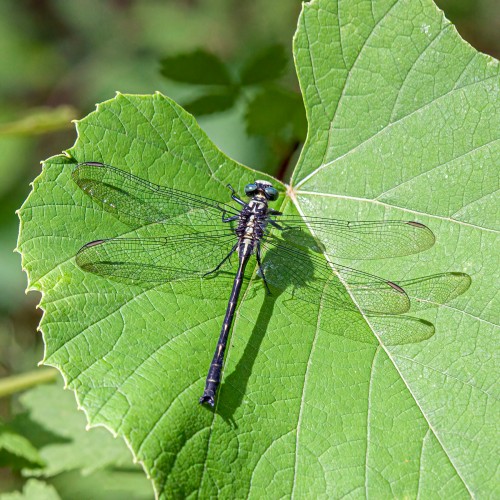On July 7, 2012 my photography mentor Cindy Dyer told me that I needed to start a blog. She had been blogging for several years already and was familiar with WordPress. She helped me choose a theme, craft an “About Me” page, and prepare my first posting. That posting was entitled Blue Dasher dragonfly, featured a single photo, and had a short text that simply stated, “I photographed this Blue Dasher dragonfly (Pachydiplax longipennis) at Kenilworth Aquatic Gardens this morning.”
I remember feeling a mixture of excitement and fear when I pressed the “Publish” button for the first time. Inside I had all kinds of concerns about my inadequacies as a photographer and about not being ready to share my images with a broad audience. Was I ready? Perhaps I was not, but having been pushed into the deep end of the pool, I quickly learned to swim.
From the very beginning, I found myself surrounded by a community of people who have been overwhelmingly supportive of my efforts and that has pushed me to to improve my skills and to find my “voice.” I started this blog at a time in my life when I had decided to stop working full-time—for the first seven years I worked three days a week and now I am fully retired. This blog and my photography have helped me to forge an identity separate from my job, to reignite a curiosity about the natural world, and to unlock a creative side of me that had long been dormant. My blog has become an integral part of my daily life, though I no longer freak out if life circumstances cause me to miss an occasional day.
According to WordPress, over the lifespan of my blog I have published 4068 postings (a few of which have been re-blogs of postings by others) that have had a total of 306,436 views. Is that a lot? Like most things in life, it depends on what you use as a measuring stick.
I do not write my blog to make money or to grow a large audience or following. My goals are much more modest—my blog is a tool to express myself as authentically as possible by sharing my thoughts and photos and connecting with others. I appreciate all of the support, feedback, and encouragement that so many of you have provided to me throughout this lengthy journey. Thanks. It is overwhelming to think about the diversity of the group of people who read my posts, people from all walks of life scattered throughout the world. Wow.
Today I am featuring a photo of a Gray Petaltail dragonfly (Tachopteryx thoreyi) that I encountered yesterday in a seepy area in Fairfax County, my home county in Virginia. This species of dragonfly originates in this kind of perpetually wet habitat, where skunk cabbage is likely to be growing. I like to visit seeps with the hope that someday I will come across a Gray Petaltail as it is emerging.
As you can see from the photo, the coloration of the Gray Petaltail allows it to almost disappear in this kind of habitat. I spotted this perched dragonfly because I know that many dragonflies are drawn to sunny spots, so whenever I am in the forest or other dark locations, I will look for sunlit patches to explore.
So, I am now starting my tenth year. I suppose that I should update the WordPress theme of the blog, which I have not changed since I chose it nine years ago, and my “About me” page, which also has not been touched in a really long time. Beyond those possible cosmetic changes, I expect to continue on in my journey into photography, wandering about and sharing my experiences with all of you. Thanks again for sharing in this experience with me.

© Michael Q. Powell. All rights reserved.
Read Full Post »



























































